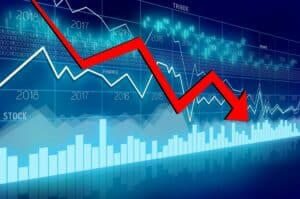If you want to understand the forex trading world, the terminology is essential. You may feel bombarded by words you do not understand, at first. However, you can quickly rectify this with only a few terms.
Trading styles
First off, we have day trading. Day trading involves buying assets and selling them all within the same day. All trades are quick.
The other option to this is swing trading. This involves trading over short term patterns. You wait for a swing in trading opinion with a price swing. These sorts of trades take place over several days, usually.
Market trends
The market trend refers to the direction the market in general is taking. An upwards trend means prices are increasing. A downwards trend means prices are decreasing. If nothing is happening, ad prices stay roughly the same, there is a sideways trend.
Bulls and Bears
A bull market is one in which everything is on the up and values will increase. A positive point of view, overall.
The bear market, by comparison, is the opposite. It means asset values going down, and a general pessimistic point of view.
Leverage and Margin
Both of these are instruments for trades.
The margin, in the forex market, represent a deposit to open a position. This is the minimal investment you make when starting a trade.
Leverage is the ability to take a loan from a broker. Different brokerages offer different proportions, but it is always much larger than your initial deposit. You can then keep all the profit you make off a trade with leverage. You only pay back the interest on the original loan.
Orders
Orders allow you to automatically enter and exit a trade. You can set certain price points at which to make an exchange. This set prices can be according to the best available price on the market, or one you specify.
Pips
Pips indicate the smallest measure of change in a value. To be specific, it is 1/10000th of a currency. It represents extremely small changes in a currency’s value.











